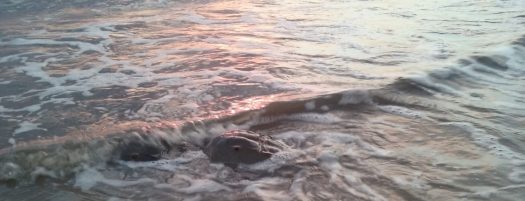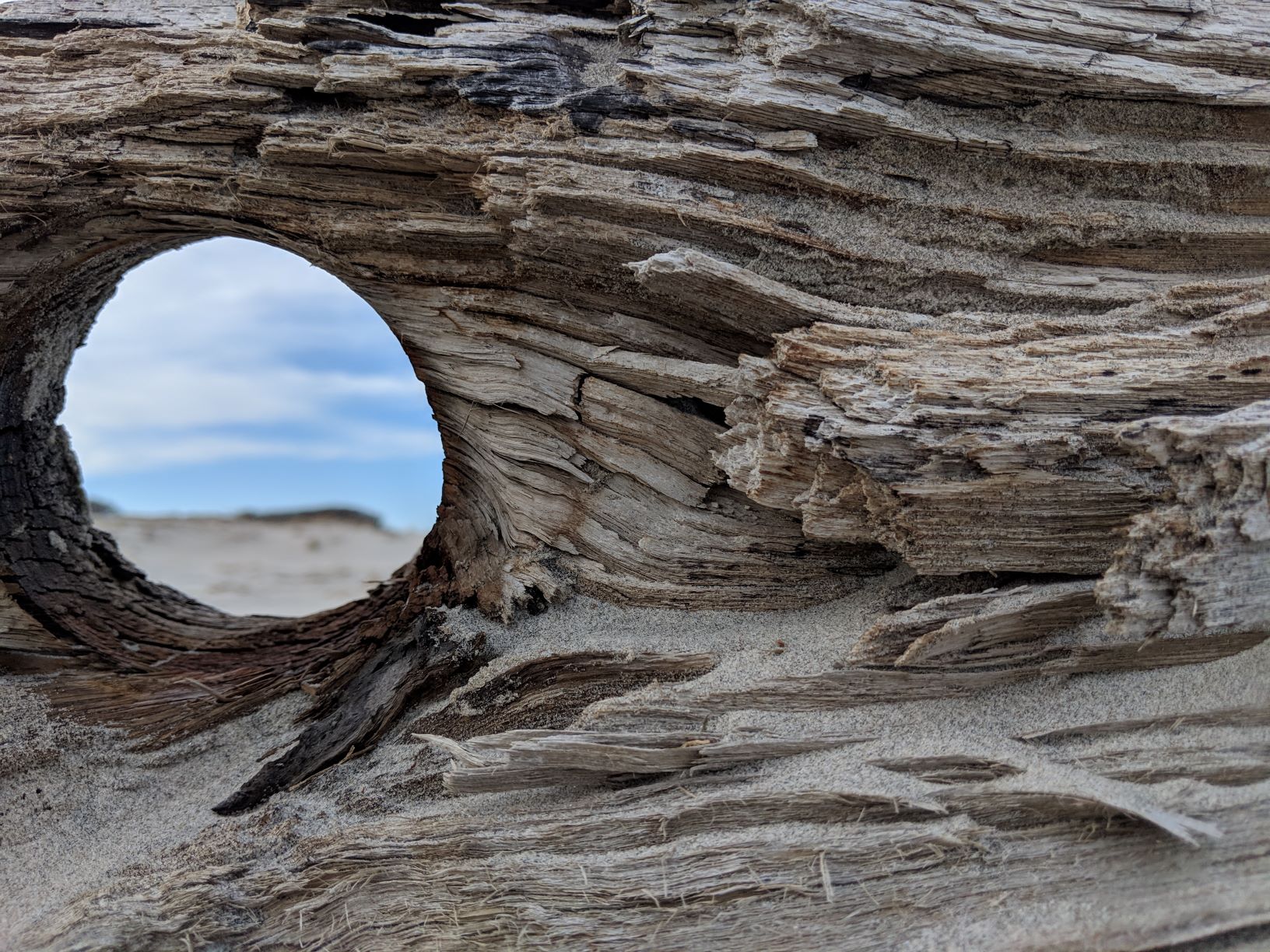
I am a science teacher. I teach young humans when ridiculously high levels of testosterone and estrogen course through their veins, I teach young humans with developing frontal cortices, I teach young humans just beginning to realize that much (or maybe most) of what adults have shared with them is less than true.
I have a lot of fun teaching, and I am a reasonably happy adult too old to pretend that “everything will work out,” but comfortable enough with mortality not to freak the young’uns out.
I have a curriculum (as all public school teachers do), but not much of an agenda beyond helping my lambs learn how to put things together using their wits, their senses, and their humanness. (I am convinced that humans are reasonably comfortable and happy being humans when allowed to be just that.)

Not sure what I’m doing (and no decent teacher ever is), but here are things I plan to put in the hands (or heads) of my students this year–wheatberries, fossil shark teeth, thoughts of mortality, magnifying glasses, pill bugs, human bones, daphnia, northern brown snakes, an abandoned bald-faced hornet nest, words from James Baldwin, pocket microscopes, and, if the pandemic allows a trip this year, live horseshoe crabs.
Anyone of those is enough to change one’s view of how this world works.




